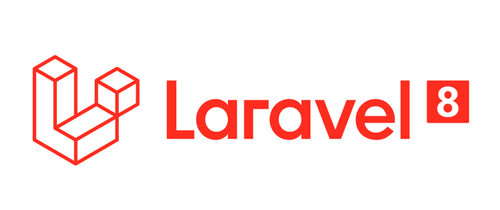Laravel 8, the latest version of this popular PHP framework, brings several exciting features to the table. One of the most important and commonly used features is email verification. In this comprehensive tutorial, we'll guide you through the process of implementing email verification in Laravel 8, covering everything from setup to customization.
Why Email Verification Matters
Email verification is a critical component of user authentication in web applications. It adds an extra layer of security and ensures that the email addresses provided by users are valid and under their control. Here are some key reasons why email verification matters:
Security: Verify that users' email addresses are valid, reducing the risk of unauthorized access.
User Experience: Enhance the user experience by guiding them through a seamless verification process.
Communication: Ensure that your application can reliably communicate with users via email.
Setting Up Email Verification in Laravel 8
In Laravel 8, setting up email verification is a breeze. Follow these steps to enable email verification:
Install Laravel 8: If you haven't already, install Laravel 8 using Composer.
User Model Configuration: In your User model, implement the MustVerifyEmail interface and use the MustVerifyEmail trait.
Email Configuration: Configure your application's email settings in the .env file.
Authentication Scaffolding: If not already generated, run the following Artisan command to generate the authentication scaffolding:
php artisan make:auth
Migration: Run the migration to add the email_verified_at column to the users table:
php artisan migrate
Email Templates: Customize the email verification notification templates located in the resources/views/auth/ directory.
Middleware: Ensure the web middleware group includes the verified middleware in the app/Http/Kernel.php file:
'web' => [
// ...
\Illuminate\Auth\Middleware\EnsureEmailIsVerified::class,
],
Route Protection: Protect the routes that require email verification by adding the verified middleware to them.
With these steps, you'll have email verification set up in your Laravel 8 application.
Customizing Email Verification
Laravel 8 provides the flexibility to customize various aspects of email verification to align it with your application's requirements. Some common customizations include:
Customizing Email Templates: Personalize the email templates to match your application's branding and messaging.
Changing Verification URL: Modify the URL used for email verification by overriding the verificationUrl method in the VerificationNotification class.
Custom Notification Logic: Customize the logic for sending email verification notifications based on specific user actions or conditions.
Expiry Time: Adjust the expiration time for verification links to meet your application's security needs.
Testing Email Verification
Thoroughly testing your email verification process is crucial to ensure it functions correctly. Create test cases that simulate the entire verification flow, from registration to email verification.
Commonly Asked Questions
Is email verification necessary in all applications?
- Email verification is recommended for applications that require user authentication and want to enhance security and user experience.
Can I use a third-party email service for sending verification emails?
- Yes, Laravel allows you to integrate with third-party email services like Mailgun, SendGrid, or Amazon SES for sending verification emails.
How can I handle email verification for social logins (e.g., OAuth)?
- You can extend Laravel's built-in authentication to handle email verification for users who log in using social providers like Google or Facebook.
In conclusion, implementing email verification in Laravel 8 is a crucial step in building secure and user-friendly web applications. With the guidance provided in this comprehensive tutorial, you can master email verification in Laravel 8, customize it to suit your needs, and enhance both the security and user experience of your Laravel applications.



